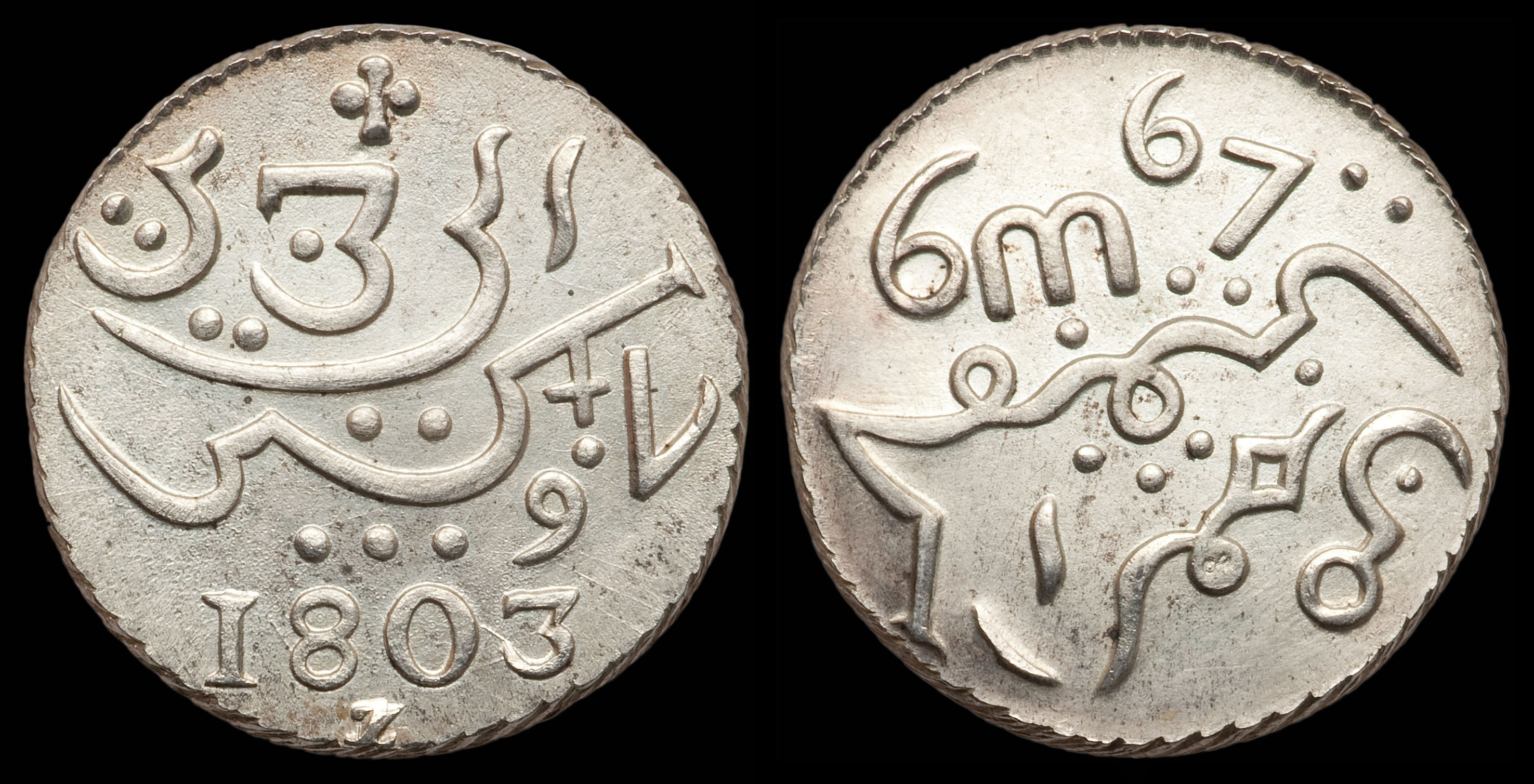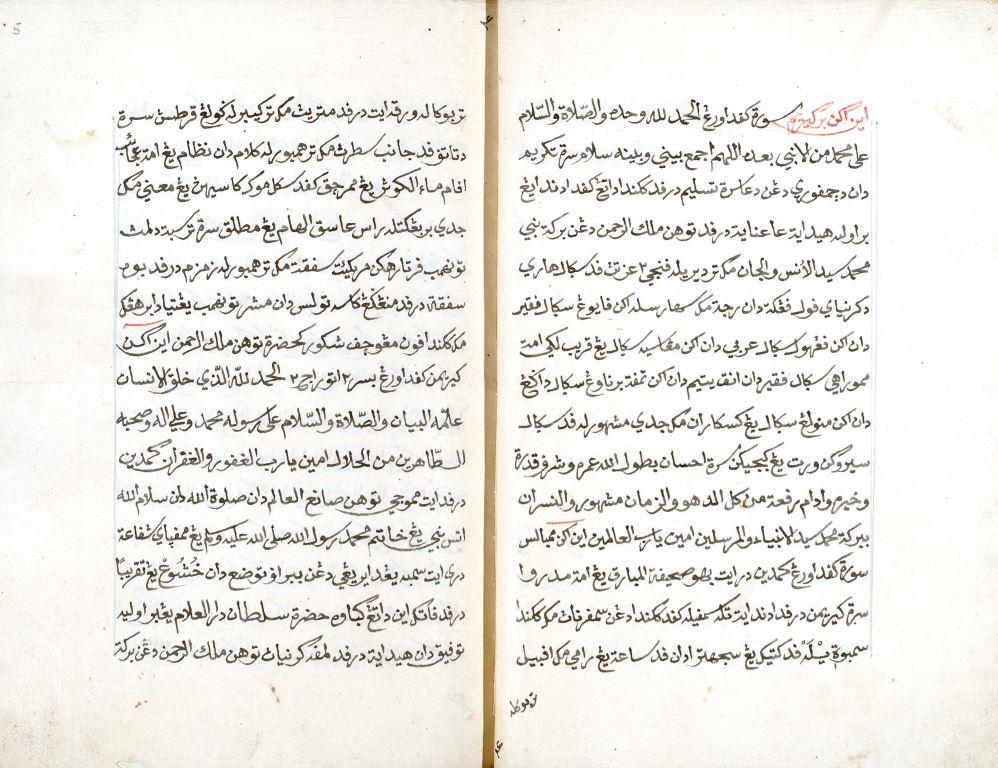Jawi Scripts History
It is compulsory for every Malaysian including the non-Malays like the Malaysian Chinese or Indian to learn Modern Malay and to use Rumi as writing script. Today Jawi is one of the two official scripts in Brunei.
In Malaysia Jawi was once the standard script for the Malay language but the implementation of the National Language Acts 1963 forced Jawi to be replaced by Latin scripting called Rumi.

Jawi scripts history. Jawi script is basically Arabic but with additional letters to fit the Malay pronounciation. The presence and use of these two writing systems prove a well-developed level of civilization in the country. The usage of Jawi script became prominent and has been established through the region as well as making the Malay language the lingua franca for the archipelago.
Illuminated Manuwritten on paper in Jawi a modified form of the scripts from the East Coast of the Malay Peninsula. Eventually Jawi has since been relegated to a script used for religious cultural and some administrative purposes. Trade with the Islamic world brought Islam as well as the Jawi script.
He pointed out that the Arab missionaries involved in the. Mahayudin Hj Yahaya1 Abstract Research on Jawi manuscripts is an important aspect of knowledge and it has received wide acceptance especially among Western scholars. Before Jawi Bahasa Melayu was written in Rencong and Indian-based scripts.
Four collections from various owners containing islamic text letters and other notes. Also a maybe the name came from how the Arabs refer. Historical spellings are not included so.
Writer of Kitab KuningKitab kuning was written. With trade expansion and the arrival of western colonialisation in the Southeast Asian region the Jawi script was consigned strictly within the confinements of religious education as the. Dʒäwi is a writing system used for writing the Malay language and several other languages of Southeast Asia such as Acehnese Banjarese Kerinci Minangkabau and TausūgJawi is based on the Arabic script consisting of all of the original 28 Arabic letters and six additional letters constructed to.
Syed Muhammad Naquib Al-Attas the Jawi script is directly descended from the Arabic script brought by the Arab missionaries without any intermediaries like Persians or Hindis. However according to Professor Dr. The oldest remains of Malay using the Jawi script have been found on the Terengganu Inscription Stone dated 702 AH 1303 CE nearly 600 years after the date of the first recorded existence of Arabic script in the region.
It was created by the Malays. It can be typed with the Jawi keyboard. The discoveries made by this research enrich the treasure of knowledge.
This paper explores the use of Jawi script for Tagalog language and the cultural changes introduced by the Spanish establishment in Manila. The dataset contains modern spellings derived from dictionary sources and are suitable for tasks such as automatic transcription or spelling correction. The word Pegon originated from a Javanese word pégo which means deviate due to the practice of writing the Javanese language with Arabic script which was considered unconventional by Javanese people.
Among other advantages are as follows. One of the collections is a legacy from the. Jawi was written by people of the southern Philippines and it was the system of writing used by the Sultanate of Sulu.
The dataset provides words in Standard Malay written in both the Latin script Rumi and the Arabic script Jawi. KeywordsLetra de Meca Jawi script Tagalog Philippine Southeast Asia. Its History Role and Function in the Malay Archipelago Dr.
The people are known as Jawi the land is known as the land of Jawi and their language is named Jawi and the writing system that is used in literature is the Jawi script. Palembang South Sumatra Indonesia. Jawi scripts known as Kitab Kuning.
This includes a canon of textual references in both Malay and Arabic and networks of scholars and institutions that promoted the study of these texts. However the Malays or to be specific the Muslims in Malaysia are expected to learn. Collection of four owners written in Jawi script on paper and contain various studies in theology history Islamic jurisprudence astronomy and Arabic grammar.
11382 date from the early 16th century and the tradition of copying them lasted until the early 20th century. There are a lot of advantages of using Jawi Script in religious writings or kitab kuning. While the prime referent of Jawization is to changes in language and script toward the increasing prestige of Malay written with a modified Arabic script jawi it has historically brought with it an entire constellation of new sources of religious authority.
Baybayinand the Construction of Philippine Culture. The name maybe came from the word Jawi or Yawi which is an anciet name of Malays. While many might equate the history of the.
Islamic works that are translated into the Malay language especially since the 17th century have recorded that the author had received a decree. The Arabic Script also known as Jawi by Malay speakers. The BCP-47 language tags are therefore.
In modern times every single Malaysian will learn and use the Latin Script - EVERYWHERE. Arab traders praying on a beach in Malacca. Their initiative were also aimed at enabling Muslim to read the Quran as well.
Through time the learning of Jawi script as well as Malay language became a must for foreigners as well as the locals. With the arrival of Western influence through colonization and education Jawi was relegated to scripts for religious education with the Malay language eventually adopting the Latin alphabet called Rumi in general usage. However both writing systems are a dying legacy in the Philippines.

Soas Summer School On Jawi And The Malay Manuscript Tradition Special Collections Soas Library
Book Of Common Prayer In Malay Jawi Script 1857
Komentar
Posting Komentar